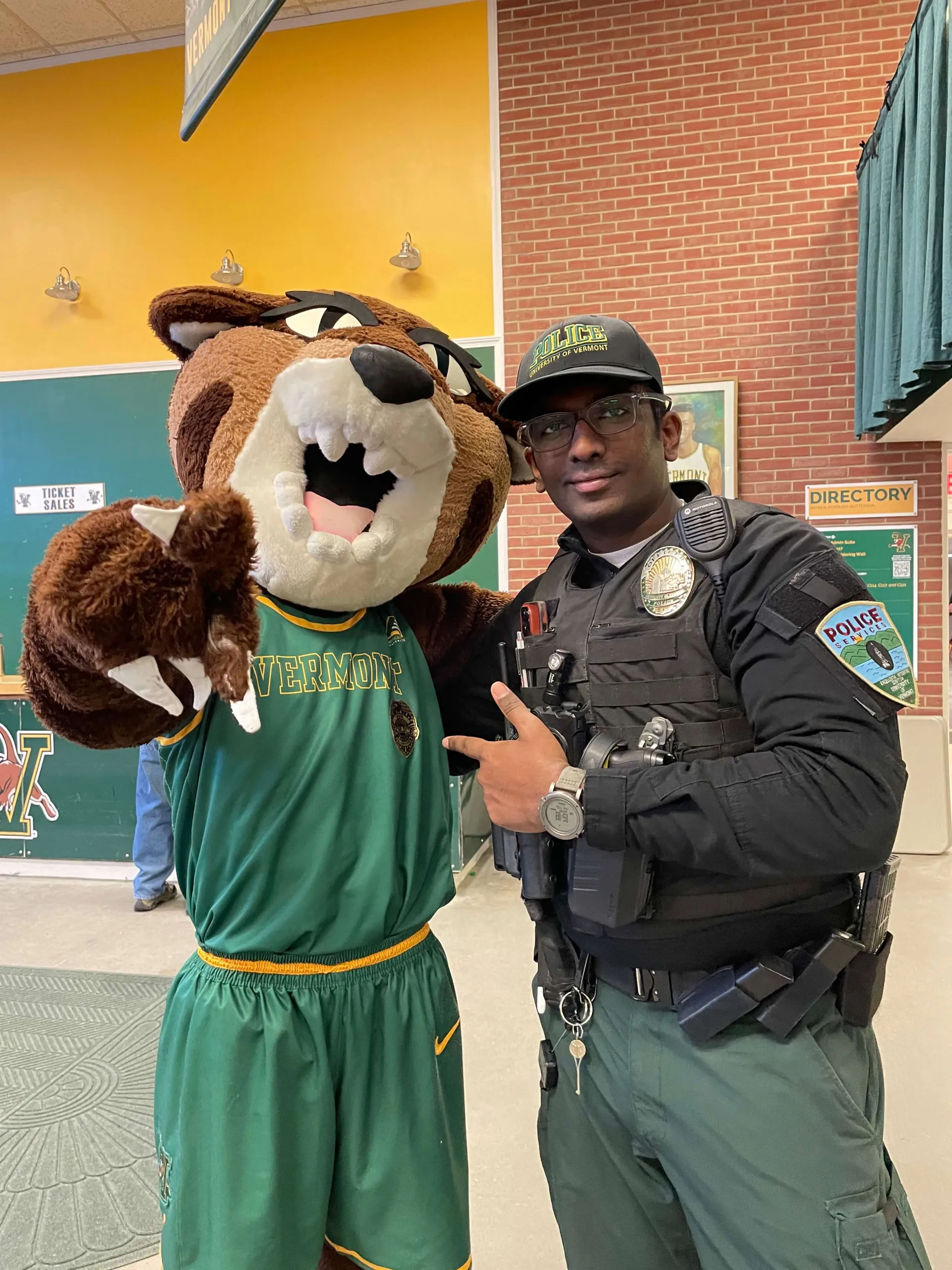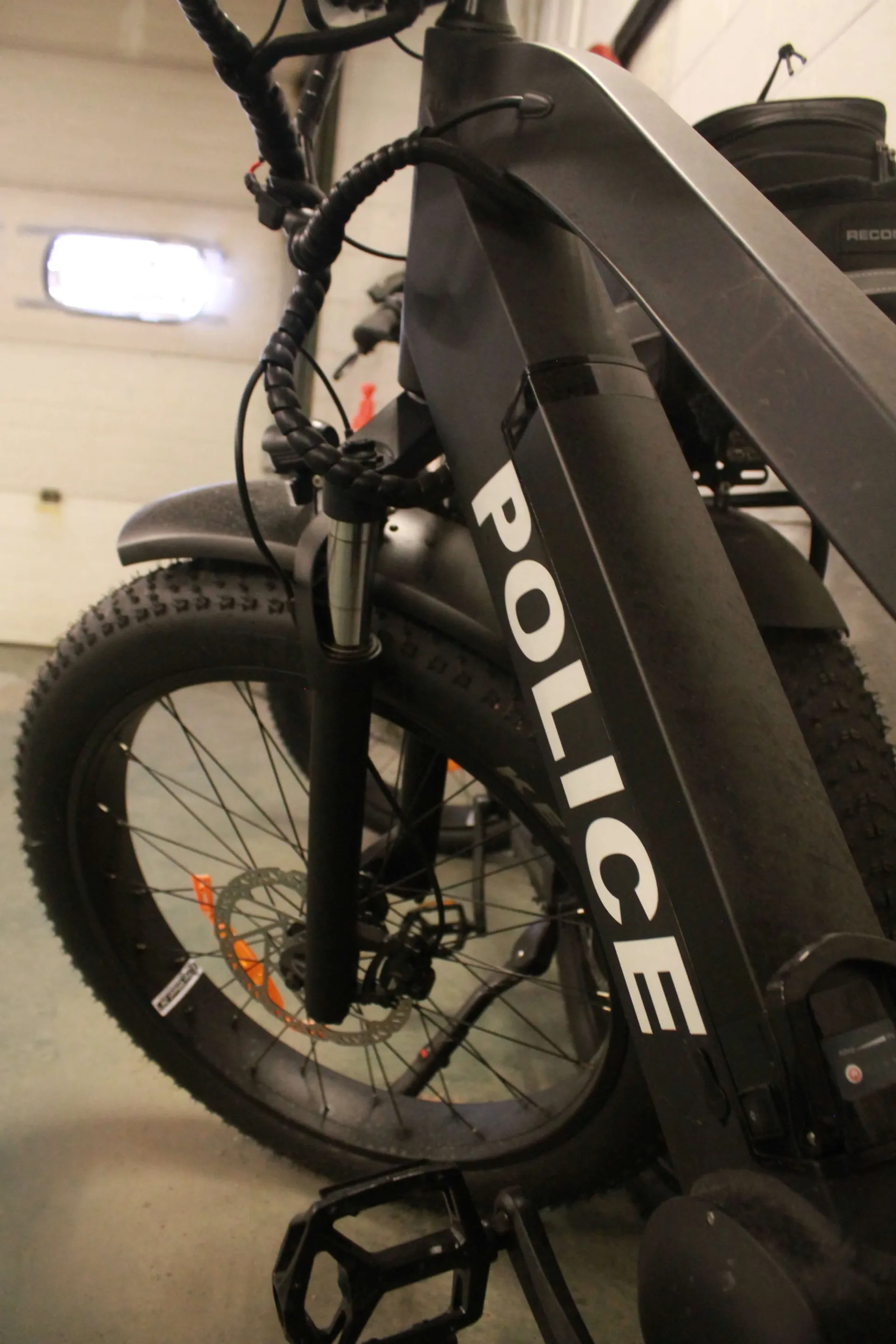UVM Police Services is a sworn police agency with statewide authority, whose primary role is public safety. All members of UVM Police Services are guardians of the community. Our call is to serve and protect the most diverse community in the State of Vermont. As a progressive leader in Police Services, we provide a full array of public educational services, as well as a collaborative approach to defining and addressing community needs.



Contact UVM Police Services
12 Centennial Woods Way
Burlington, VT 05405-3401
Emergency: 9-1-1
24/7 Assistance: (802) 656-3473
Administrative (M-F, 8-4): (802) 656-2027
Fax: (802) 656-8077
Crisis Text Line: Text "VT" to 741741 from anywhere in Vermont - FREE 24/7 support for anyone in crisis in VT or nationally
Our Commitment to Diversity
Police Services believes that diversity, the differences between people, exists as a driving force in our interactions with people and institutions in the University community. We recognize that our authority and, ultimately, our institutional existence is predicated upon the people in our community.
In order to provide the highest quality of police service, we must be committed to the recognition and reflection of that diversity and incorporate its realities into our strategic planning and our day-to-day operations. Moreover, Police Services is committed to the belief that there is an intrinsic worth in all people, an irreducible quality whose protection and benefit is the basis for police service. We believe that the recognition of diversity is no less than the recognition of this worth. A commitment to honor the rights and provide for the needs of all people equally is our expression of this recognition.
Need Assistance Off-Campus?
UVM Police Services’ primary response area is the UVM campus. Burlington Police is the primary contact for off-campus incidents within the city of Burlington. They can be reached by calling (802) 658-2700.
UVM Police Services Community Survey
UVM Police Services is committed to always striving to improve the services we provide to our community. Your feedback helps us to ensure we continue providing excellent customer service in every aspect of our work, and that we can keep growing and getting better as an organization.
